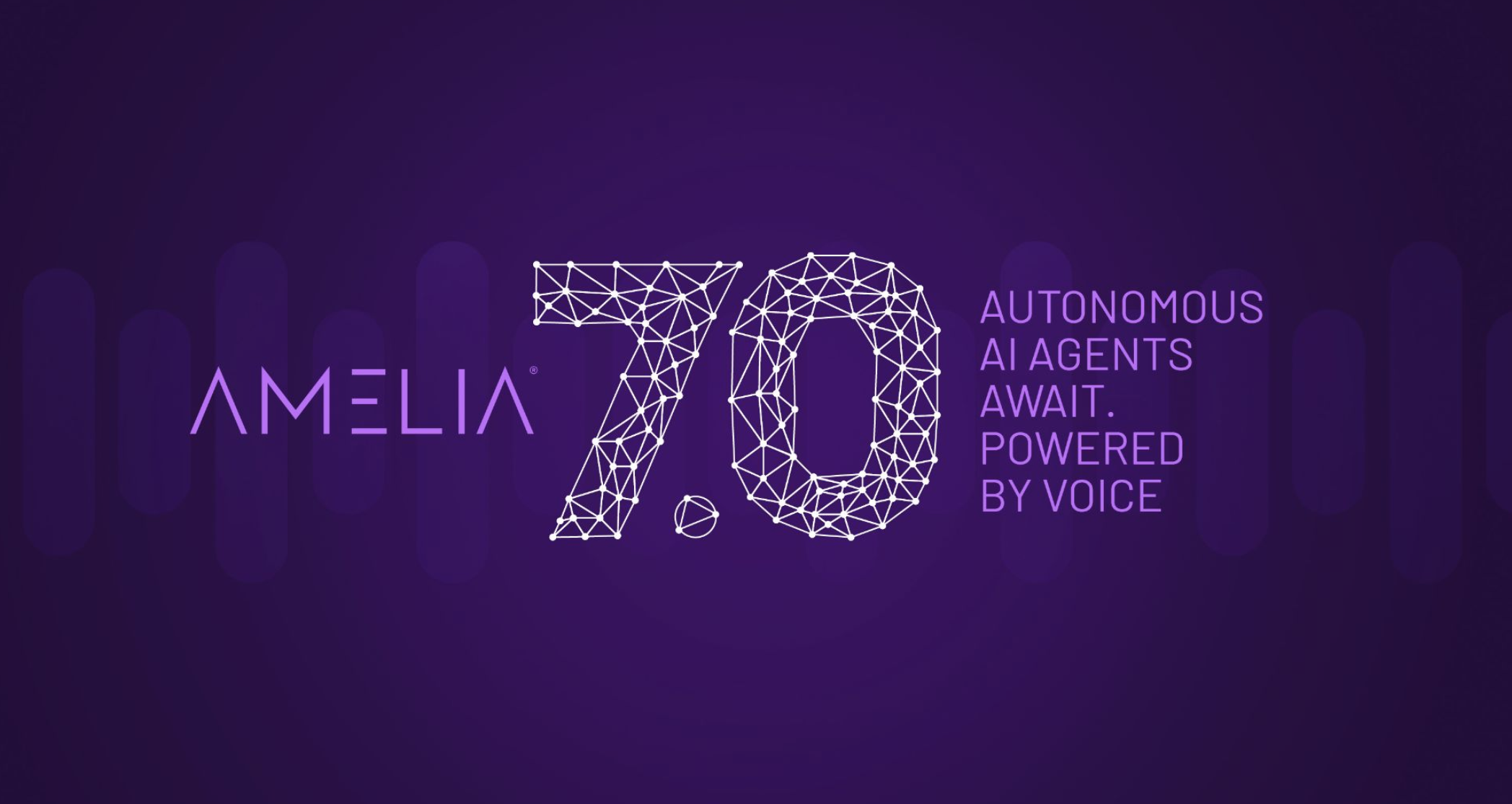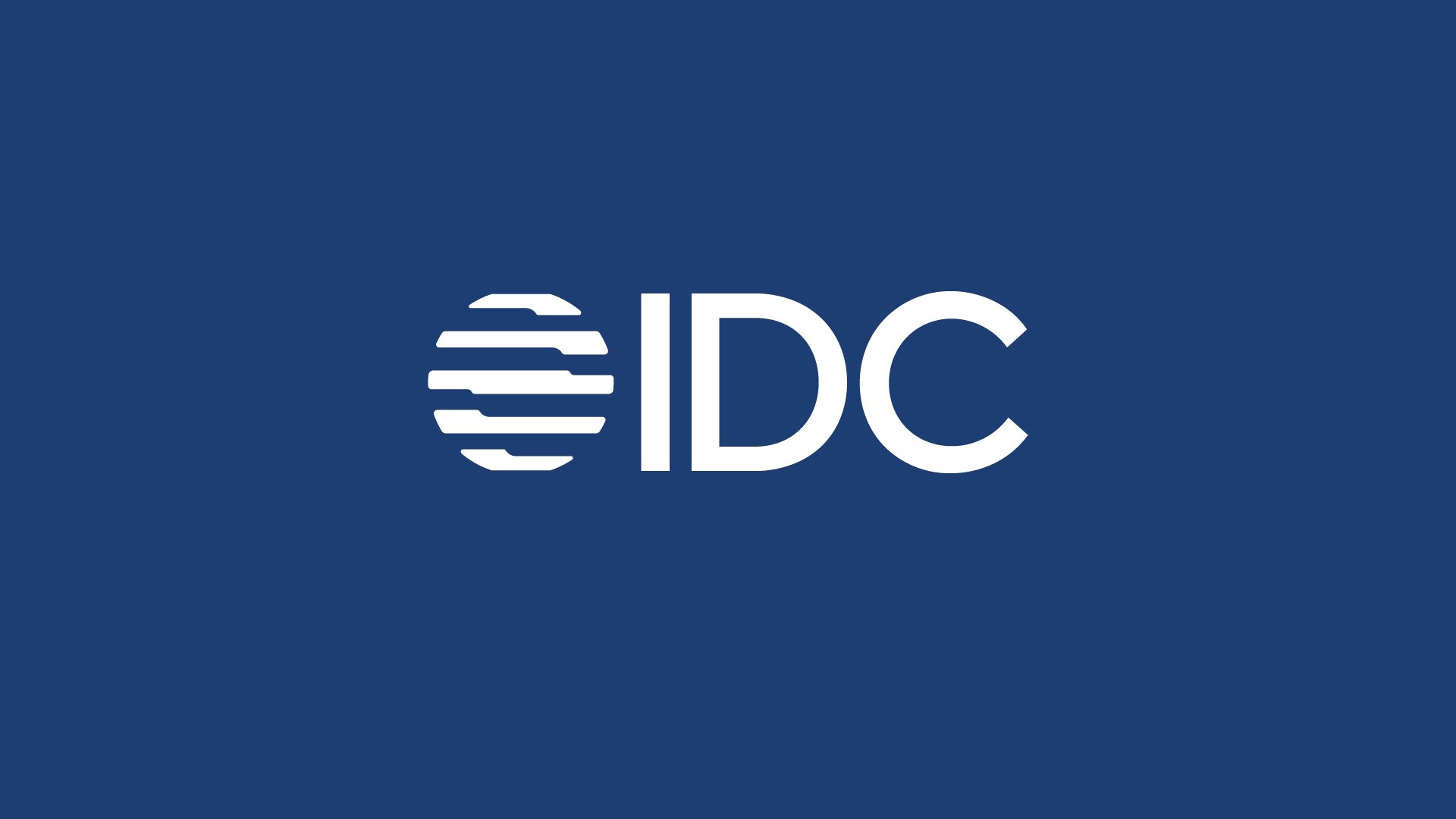
Say Hello to Amelia 7.0
Discover Amelia 7.0, the complete AI agent platform for enterprise builders of all types.
Resources
Get the latest voice AI news, keep up on trends, get expert advice, and discover new solutions.
Our Company

Named Leader in IDC MarketScape: Conversational AI Platforms 2025 Vendor Assessment

Our automation should just work — right? For simple tasks, maybe. But the reality of customer interactions is anything but simple. Organizations invest heavily in automation, only to find it often struggles with the messy reality of diverse customer needs.
Think about automating a common customer interaction, like reporting a lost debit card. You envision a smooth, quick digital process: Verify identity, confirm address, order new card.
And for the perfect scenario, it works. But your automation system — whether it’s a chatbot, an IVR, a web form, or an agent-assist tool — quickly faces the complexities of the real world.
What happens when the customer:
Suddenly, that clean, linear process is overwhelmed. This necessitates adding complex “if/then” branches for every channel, condition, exception, language, and conversational nuance. Your automation becomes tangled, rigid, and incredibly difficult to build and maintain. It becomes brittle — easily breaking or requiring constant, costly updates when faced with situations outside its predefined, top-down script.
This fragility isn’t usually a fault of the technology itself. It’s a limitation of the top-down, process-driven way we’ve traditionally scoped and built automation. We define broad use cases, such as “Handle a Lost Card Request,” “Schedule an Appointment,” and “Process a Return,” and we try to build one large, linear program to cover every possible step and exception from start to finish, often duplicating effort for different channels or languages.
We attempt to force a predictable script onto a fundamentally unpredictable reality, delivered across a growing number of channels (web, mobile, voice, chat) and languages. This approach inherently creates brittle systems that struggle immensely with the natural disorder, variations, and unexpected paths real customer interactions take.
What if, instead of building fragile systems that break when stressed by unexpected situations and varied interactions, we built systems designed to be inherently adaptable, resilient, and capable of navigating complexity across any channel, mode, or language? Systems built not from a rigid top-down process, but from the bottom up?
This is the core idea behind Amelia 7 and its Agentic+ framework. Amelia 7’s design fundamentally enables this new paradigm.
To illustrate how Amelia 7 works in practice, let’s use the example of a lost credit card.
Amelia 7 moves beyond building one giant, brittle “Use Case: Report Lost Card” program. Instead, the foundation of this adaptable architecture begins with a crucial preparatory step, often facilitated by our solution architects: scoping your business’s core Entities and their interrelationships.
Entities: These are the key nouns or objects central to your business domain — the “who, what, where, and when” of your operations. Before even touching the platform, we work with organizations to map out these fundamental components, understanding their state and attributes. For our lost credit card example, Entities include:
Once these Entities and their relationships are understood, the next critical step is to define the actions that can be performed on, by, or between these Entities. This exercise, often a collaborative effort with our solution architects, involves:
Only once these actions are thoroughly mapped, curated, and validated, can they be formally defined within the Amelia 7 platform as Cognitive Functions.
Cognitive Functions: These are the atomic “verbs” of your business — the specific, modular pieces of business logic that operate on, or relate to, your defined Entities. Defined within Amelia 7, these become the reusable building blocks that any AI agent can leverage, accessible regardless of the interaction channel:
This adaptable, bottom-up process of identifying entities, understanding their relationships, and then defining specific, vetted actions as Cognitive Functions is what empowers Amelia 7’s AI agents to operate with unprecedented flexibility.
With these modular Cognitive Functions in place, the true innovation of Amelia 7 comes to life through its AI agents. These AI agents are the heart of Amelia 7’s Agentic+ framework, acting as intelligent orchestrators that don’t follow fixed, brittle scripts tied to specific channels. Instead, an AI agent’s primary directives are universal: to Listen to the end user to understand their Goal (e.g., “Get a replacement card”) and to constantly assess the Current State of all relevant Entities, no matter how that state was last updated.
Based on the Goal and the ever-changing Current State, the AI agent will then Reason what specific Cognitive Function(s) are needed in that exact moment to move closer to the Goal, and subsequently Act by invoking them. This happens seamlessly across omnichannel, multimodal, and multilingual interactions:
This dynamic, state-aware orchestration — where the AI agent autonomously listens, reasons, selects, and chains together the right Cognitive Functions in the moment, interpreting results, and building the necessary path — is how Amelia 7 navigates the complexities that would break traditional, channel-specific, brittle automation. This emergent behavior, where the AI agent can interpret results and react, means we don’t have to pre-solve for every single edge case. This is why Amelia 7’s architecture is truly bottom-up and anti-fragile.
Amelia 7 is inherently adaptable and resilient to the unpredictable nature of real customer interactions, no matter how or where they occur.
This powerful, bottom-up, agentic pattern enabled by Amelia 7 applies across other industries and domains — wherever processes face variability and interactions span channels. For example:
By moving away from building rigid, top-down, “use case” automation to a bottom-up model where Amelia 7’s AI agents dynamically orchestrate modular Cognitive Functions, you build systems that aren’t fragile to the complexities of the real world. Instead, they are inherently flexible, resilient, and capable of dynamically adapting to deliver the right outcome every time, across omnichannel, multimodal, and multilingual interactions.
This fundamentally changes how you build automation, making it faster to adapt, easier to maintain, and dramatically more effective at handling the full spectrum of today’s real customer needs, because the AI agent is empowered to listen, reason, and act to navigate unexpected paths and deliver emergent outcomes.
Subscribe today to stay informed and get regular updates from SoundHound AI.